
CE Certification and Testing Laboray for Walking Aids
Rollator for CE (BS EN 12182:2012)
CE Certification for European Disability Walkers (Referencing BS EN 12182:2012)
BS EN 12182:2012 Assistive Products for Persons with Disability - General Requirements and Test Methods
General Requirements and Test Methods for Assistive Products for Persons with Disability
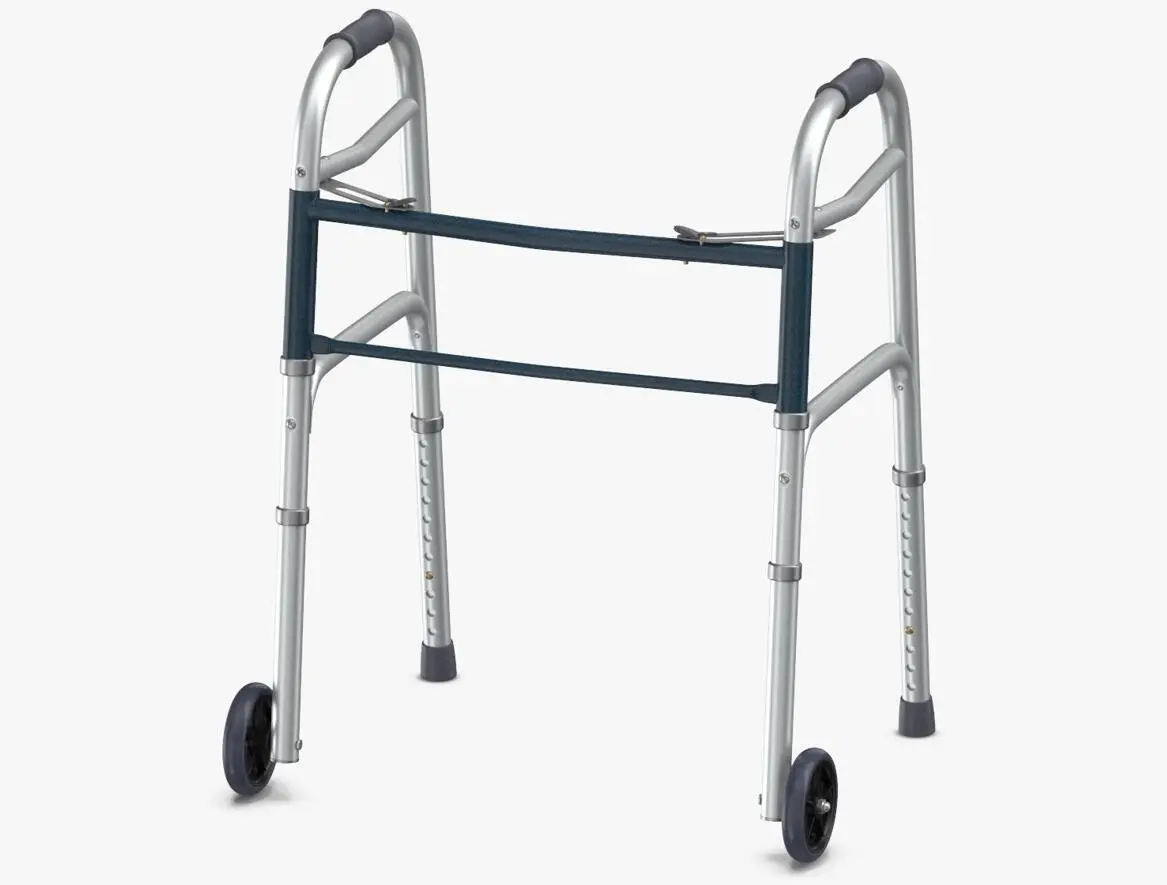
BS EN 12182:2012 specifies the general requirements and testing methods for assistive products for persons with disabilities, as defined under the EU Directive 93/42/EEC, which categorizes these products as medical devices.
BS EN 12182:2012 does not apply to assistive products that achieve their intended purpose through the administration of medicinal substances to the user.
When other European standards exist for specific types of assistive products, those standards shall apply. However, some requirements of BS EN 12182:2012 may still be relevant and considered in addition to other European standards.
Note: Not all items listed in EN ISO 9999 are medical devices. Contracting parties may wish to consider whether this standard or portions of it are applicable to assistive products not defined as medical devices under EU Directive 93/42/EEC.
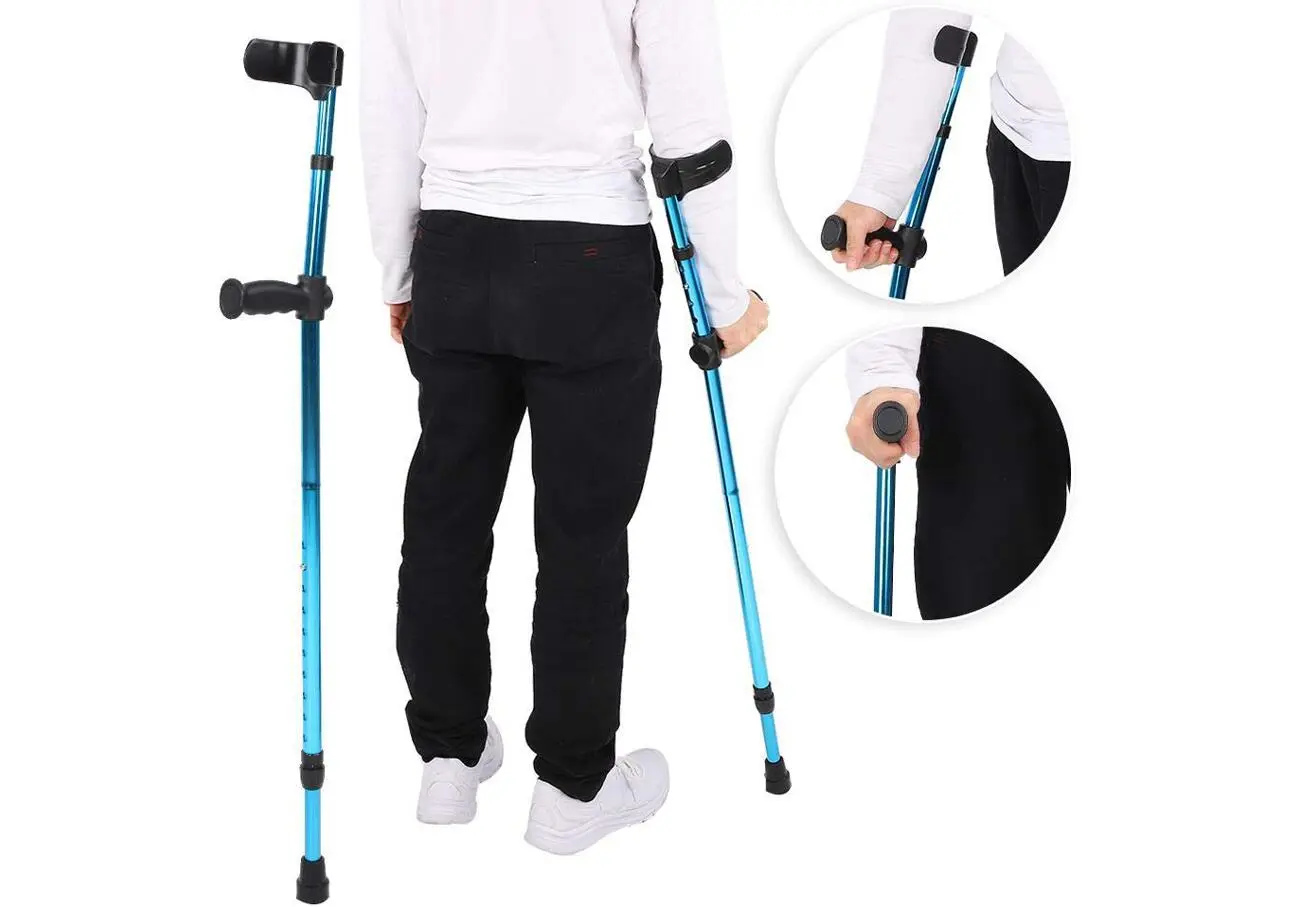
BS EN ISO 11334-1:2007 Walking Aids Manipulated by One Arm - Requirements and Test Methods - Part 1: Elbow Crutches
BS EN ISO 11334-1:2007 specifies the requirements and test methods for elbow crutches, all of which are equipped with handles and tips. These methods stipulate tests for separation, static load capacity, fatigue, and resistance to low-temperature embrittlement.
BS EN ISO 11334-1:2007 also provides requirements related to safety, ergonomics, performance, and manufacturer-provided information, including markings and labeling.
These requirements and tests are based on the daily use of elbow crutches by users of the maximum weight specified by the manufacturer. BS EN ISO 11334-1:2007 is applicable to elbow crutches for users weighing not less than 35 kg.
Requirements and test methods for the friction between rubber tips and walking surfaces are treated separately.
Note: Recommendations in Annex A supplement the requirements of BS EN ISO 11334-1:2007.
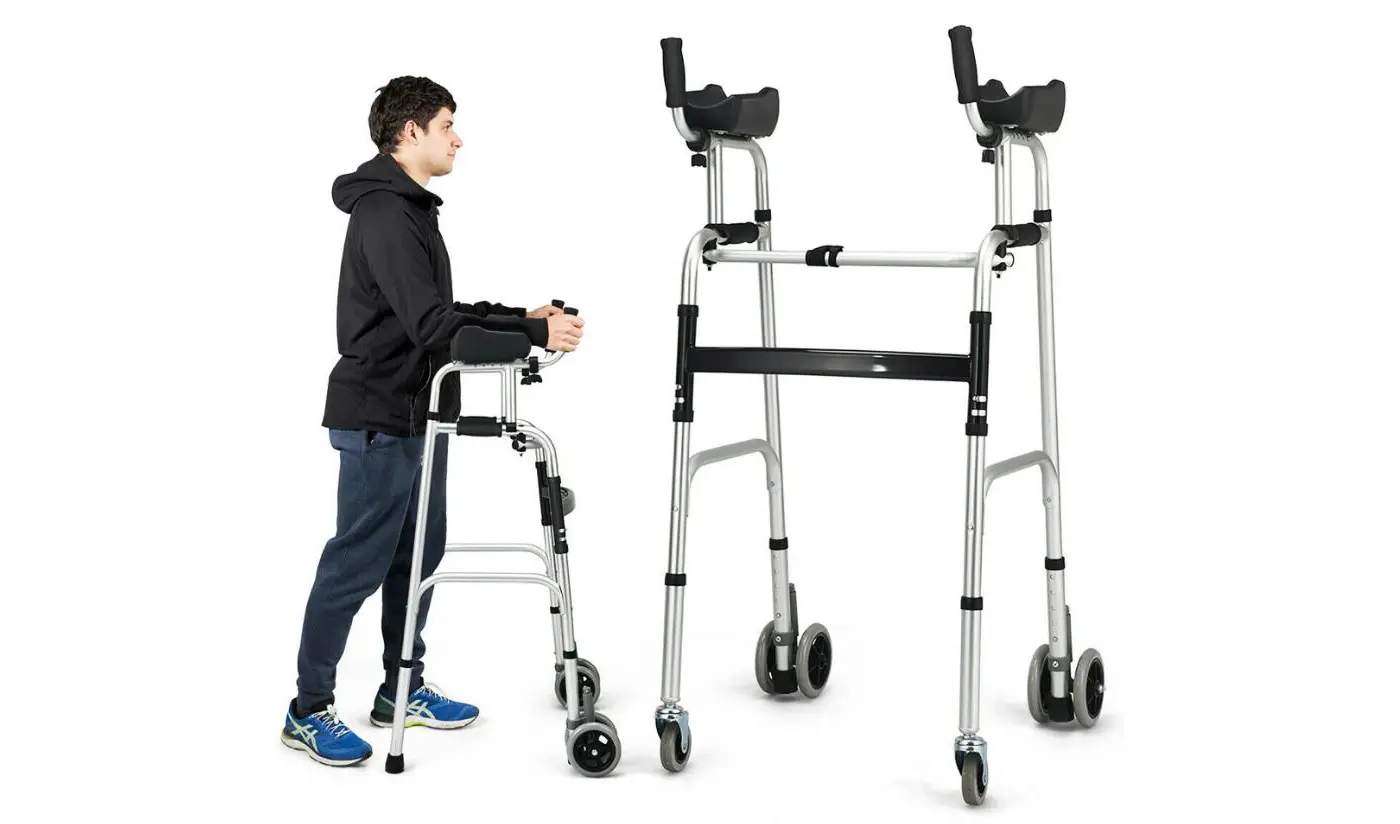
BS EN ISO 11334-4:1999 Walking Aids Manipulated by One Arm - Requirements and Test Methods - Part 1: Walking Sticks with Three or More Legs
BS EN ISO 11334-4:1999 specifies the stability, static load capacity, and fatigue requirements and methods for testing walking sticks with three or more legs, all equipped with handles and tips. It also provides requirements related to safety, ergonomics, performance, markings, and labeling.
These requirements and tests are based on the daily use of walking sticks with three or more legs, by users weighing not less than 35 kg.
BS EN ISO 11334-4:1999 does not apply to walking sticks with three or more legs that are equipped with underarm or forearm supports.
Note: Annex A provides additional recommendations for these requirements.
BS EN 1985:1999 (R2007) Walking Aids - General Requirements and Test Methods (for Walking Sticks)
BS EN 1985:1999 (R2007) Walking Aids - General Requirements and Test Methods (for Metallic Underarm/Axillary Crutches)
BS EN 1985:1999 (R2007) specifies the requirements and test methods for walking aids manipulated by one arm (used singly or in pairs, operated by one arm, possibly in conjunction with the upper body) and walking aids manipulated by both arms (used singly, operated by both arms, possibly in conjunction with the upper body) as covered in subclasses 1203 and 1206 of EN ISO 9999:1998.
BS EN 1985:1999 (R2007) does not apply to walking aids specifically designed or modified for individual disabilities.
Note: Relevant parts of BS EN 1985:1999 (R2007) may be applicable to other walking aids beyond the scope of this document.
ISO 24415-1:2009 Tips for Assistive Products for Walking — Requirements and Test Methods — Part 1: Friction of Tips
ISO 24415-1:2009 specifies the requirements and test methods for the friction between the tips of assistive products for walking and walking surfaces. These requirements and test methods are based on the use of ordinary gait on dry, flat walking surfaces (e.g., walking aids such as canes, elbow crutches, forearm crutches, auxiliary crutches, walking frames, rollators, and walking tables).
ISO 24415-1:2009 does not apply to tips manufactured for specific purposes (e.g., tips for ice and/or snow).
BS ISO 24415-2:2011 Tips for Assistive Products for Walking — Requirements and Test Methods — Part 2: Durability of Tips for Crutches
BS ISO 24415-2:2011 specifies the requirements and test methods for the durability of crutch tips (including those for elbow crutches, forearm support crutches, and underarm crutches, as defined in ISO 9999). These requirements and test methods are based on the use of crutches with ordinary gait on dry, flat walking surfaces.
BS ISO 24415-2:2011 does not apply to tips manufactured for specific purposes (e.g., for walking on ice and/or snow).
ISO 10993-5 Biological Evaluation of Medical Devices - Part 5: Tests for In Vitro Cytotoxicity
ISO 10993-5 describes the test methods for evaluating the in vitro cytotoxicity of medical devices.
ISO 10993-5 specifies that cultured cells be incubated with devices and/or extracts of the devices directly or via diffusion.
ISO 10993-5 is intended to determine the biological response of mammalian cells in vitro using appropriate biological parameters.
ISO 10993-7:2008 Biological Evaluation of Medical Devices - Part 7: Ethylene Oxide Sterilization Residuals
ISO 10993-7:2008 specifies the allowable limits for ethylene oxide (EO) and ethylene chlorohydrin (ECH) residues in individual EO-sterilized medical devices, the measurement procedures for EO and ECH, and methods to determine compliance with the standards so that devices may be released. Additional background, including guidelines and flowcharts illustrating how the standard can be applied, are included in informative annexes.
ISO 10993-7:2008 does not cover EO-sterilized devices that do not come into contact with patients (e.g., in vitro diagnostic devices).
EN ISO/ISO 11199-1:2021 Assistive Products for Walking Manipulated by Both Arms — Requirements and Test Methods — Part 1: Walking Frames
EN ISO/ISO 11199-1:2021 specifies the requirements and test methods for walking frames used as assistive products, manipulated by both arms, excluding attachments unless specified in particular test procedures.
EN ISO/ISO 11199-1:2021 also provides requirements related to safety, ergonomics, performance, and manufacturer-provided information, including markings and labels.
These requirements and tests are based on the daily use of walking frames by users of the maximum weight specified by the manufacturer. EN ISO/ISO 11199-1:2021 includes walking frames specified for users weighing not less than 35 kg.
EN ISO/ISO 11199-2:2021 Assistive Products for Walking Manipulated by Both Arms — Requirements and Test Methods — Part 2: Rollators
EN ISO/ISO 11199-2:2021 specifies the requirements and test methods for rollators used as assistive products for walking, manipulated by both arms, without attachments unless specified in particular test procedures.
EN ISO/ISO 11199-2:2021 also provides requirements related to safety, ergonomics, performance, and manufacturer-provided information, including markings and labels.
These requirements and tests are based on the daily use of rollators by users of the maximum weight specified by the manufacturer. EN ISO/ISO 11199-2:2021 includes rollators specified for users weighing not less than 35 kg.
EN ISO/ISO 11199-2:2021 does not apply to rollators with horizontal forearm supports, which are classified as walking tables.
JJR Laboratory in China offers a one-stop service for walking aid testing, including preliminary assessments, preparation and submission of relevant materials, full tracking of the testing process, as well as report interpretation, data analysis, and rectification recommendations.
Email:hello@jjrlab.com
Write your message here and send it to us
 Laser Product Qualification Consultants
Laser Product Qualification Consultants
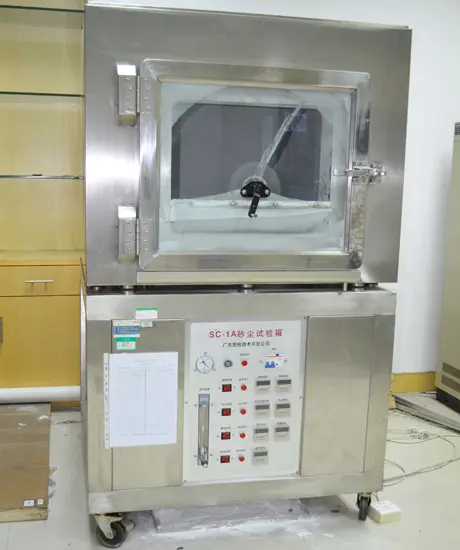 UL 268 Smoke Detector
UL 268 Smoke Detector
 How to Get Approved to Sell Toys on Amazon
How to Get Approved to Sell Toys on Amazon
 Element EMC Testing
Element EMC Testing
 Authorized Representative EU
Authorized Representative EU
 EU Representative Service
EU Representative Service
 ASTM F2413 Shoes Certification Testing
ASTM F2413 Shoes Certification Testing
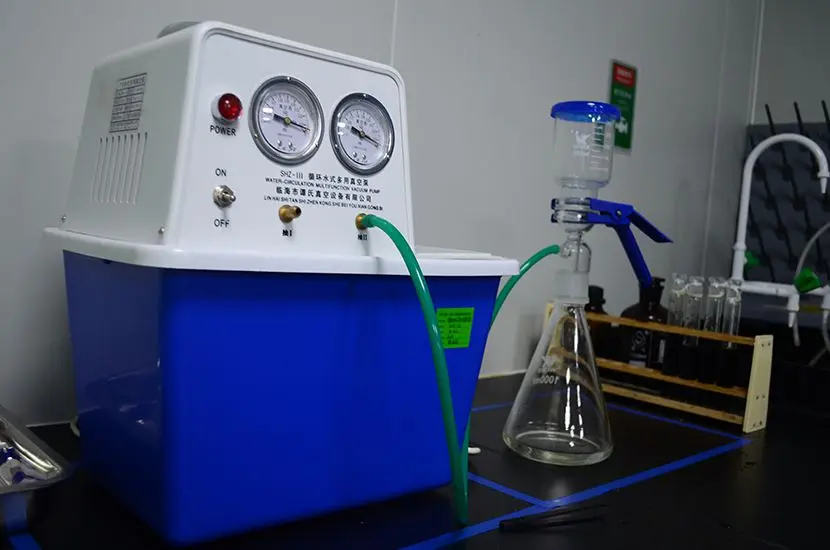 UL Listed Smoke and CO Detectors
UL Listed Smoke and CO Detectors
Leave us a message
24-hour online customer service at any time to respond, so that you worry!




